Following that one overly caffeinated scene halfway through the final season of Game of Thrones, the Internet was as buzzed as Daenerys after a post-battle latte. Was this a symbol of just how lazy the showrunners had gotten? Of how little they think of their viewers? There were Twitter posts, blog posts, even entire podcasts dedicated to dissecting the Starbucks cup.
My personal opinion? It’s a mistake. Whatever. It’s not great, but let’s move on.
That said, there was one argument I heard several times in GoT’s defense that really rubbed me the wrong way:
Can’t the viewers just suspend their disbelief?
After all, there are dragons. There are zombies. There are faceless men. Why couldn’t there be a Starbucks, too?
To answer that question, let’s take a step back and talk about suspension of disbelief. What is it, and how does it work? Suspension of disbelief is an audience member’s ability to set aside strict logic and reality for the sake of enjoying a book or movie or play. We know dragons aren’t real, but we accept them temporarily in order to enjoy the show. We know Ghost is CGI, but we’re still livid when Jon Snow gives him a lackluster goodbye. And we know Sean Bean didn’t actually get his head chopped off in season one, but we still allow ourselves to mourn Ned Stark for the next 60-or-so episodes.
Why? Because we’ve suspended our disbelief so we can immerse ourselves in the show and have a little fun.
But what allows us to suspend our disbelief—for Game of Thrones, of Harry Potter, for any book, play, or movie we love? The creators have developed a clear, cohesive world for us to step into. And even though it may contain elements of fantasy, it also has rules and boundaries. Take magic, for example. Magic exists in both GoT and Harry Potter, but it looks very different. If someone walked into Westeros brandishing a wand, they’d be wildly out of place. And, similarly, if Jaquen H’gahar showed up at Hogwarts and started stealing people’s faces, Dumbledore himself wouldn’t know what hit him. That’s because the magic of GoT doesn’t fit within the rules of Hogwarts, and visa-versa. (Drogon and Norbert, obviously, are welcome in both worlds.)
Another way to think about that is to consider what’s on the “palette” of a book or movie you’re watching or creating. A painter fills her palette with colors before she starts, and those are the colors that belong on her canvas. Similarly, a writer creating a world (magical or not) has to fill her palette with the elements that belong in that world. These elements can include magical objects and mythical creatures, but they can also be as mundane as everyday technology. Do cell phones belong in this world? What about Google Glass? When you build a world for your audience, they start to see those rules, and they start to understand what belongs on the palette and what doesn’t.
When you start tossing in elements that are “off-palette,” that’s when suspension of disbelief starts to crumble and you pull your audience out of your story.
So let’s get back to the coffee cup.
Do you see why the argument for asking readers to suspend their disbelief doesn’t hold up? Granted, the coffee cup was a mistake, but let’s assume it was intentional. Let’s assume the script said something like this:
DAENERYS TARGARYEN enters the banquet hall, grande white chocolate mocha in hand. She’s conflicted—on the one hand, she’s thrilled that the Night King is dead; on the other, she’s still angry at the barista. It’s like he wasn’t even TRYING to spell her name right.
In this scenario, the writers are asking us to suspend our disbelief and accept that there is a Starbucks in Westeros. But where does that coffee cup sit on the Game of Thrones palette? Nowhere. This is a world where nobody ever drinks anything besides wine and beer. Where the only dishes are metal and the only paper are the scrolls used to send messages via raven. There are no stores, no restaurants, no coffee meetings to discuss battle strategies. Caffeine, disposable dishware, to-go food and drink? Nonexistent.
The long and short of it is that that coffee cup has no place in Westeros. And had it been intentional, somebody—the script editors, dramaturgs, actors—somebody would have caught it and had it removed.
You can bet that, when I’m working with a client, I’m keeping an eye out for elements that are off-palette and likely to pull readers out of their immersion in the story. And when we find them, we either find ways to build them into the palette of the world, or we cut them. Because suspension of disbelief can only go so far.
What about you?
What’s on the palette of your story, and what are the proverbial coffee cups in your Westeros? Comment below to share!

